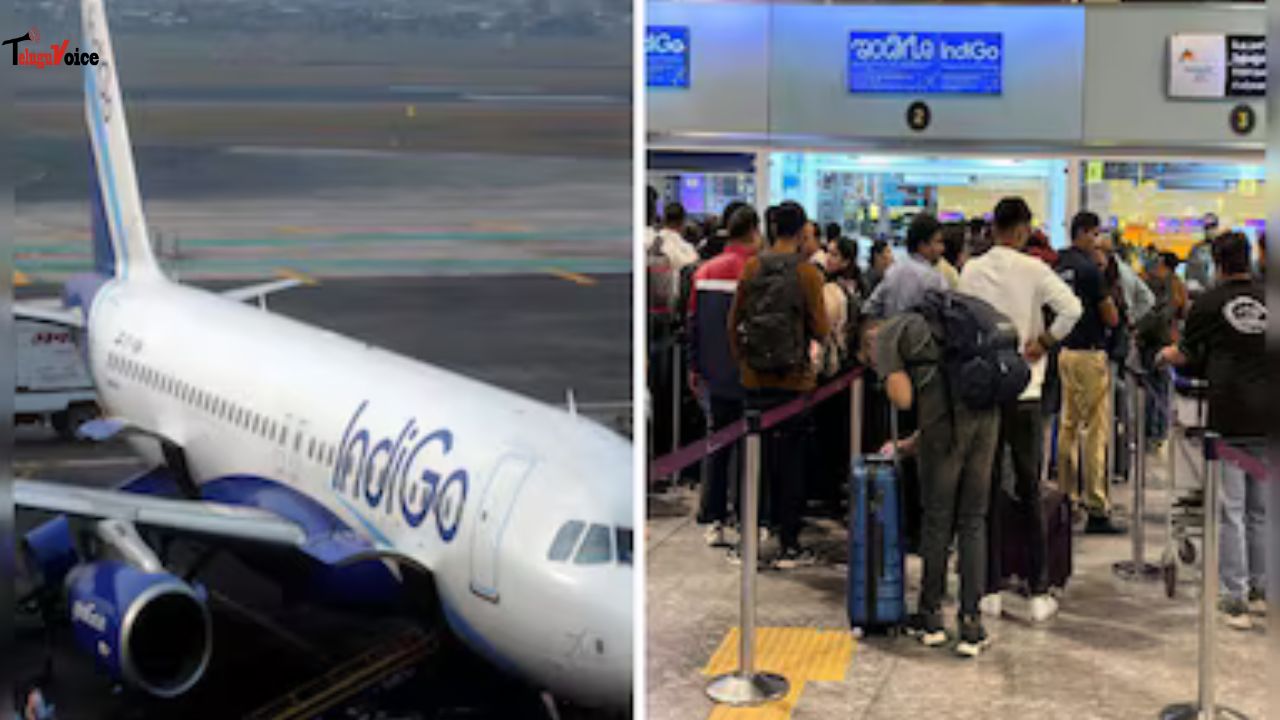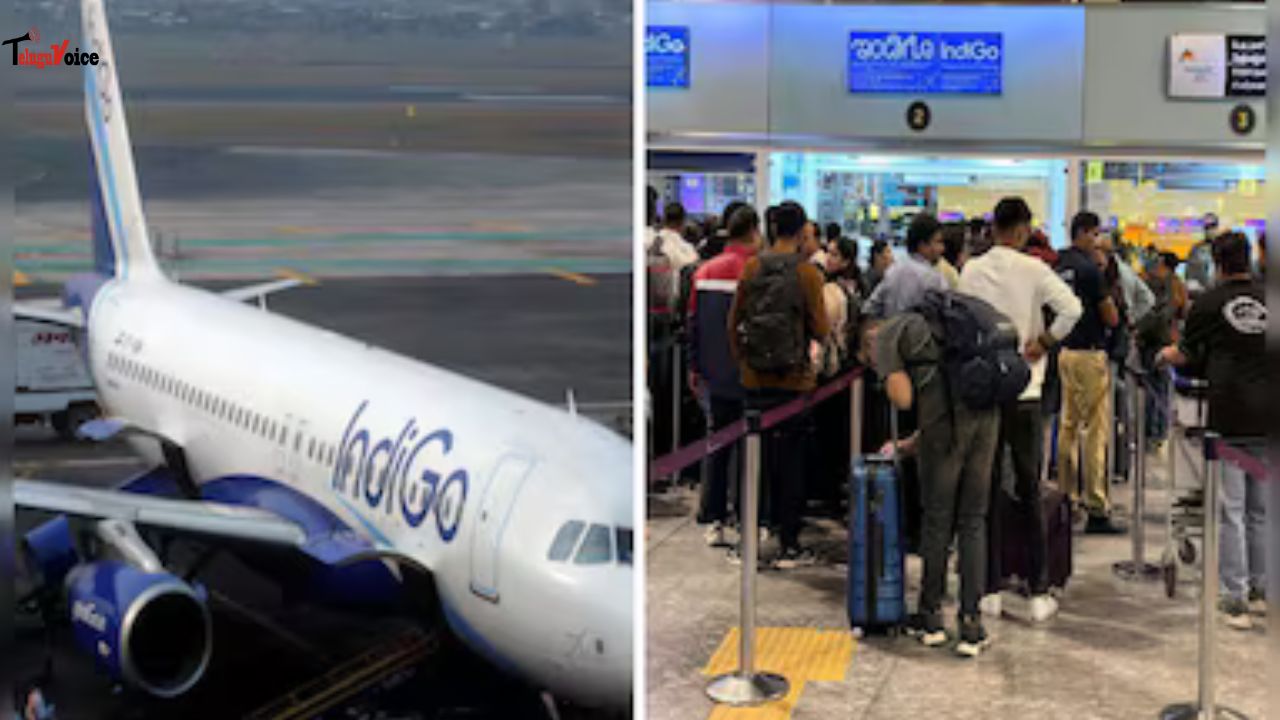USCIS announces H1-B visa change. Here's all the information you need.

Hindustan Times reported that the US Citizenship and Immigration Services (USCIS) made a ground-breaking decision by putting out new policy guidelines on who can get Employment Authorization Documents (EADs) based on strong circumstances.
This change will make it easier for people who are in bad situations, like losing their jobs or waiting for their visas, to ask for an "EAD" in the United States.
Here's a complete guide to how the new rules can help Indians living in the US:
Check to see if you qualify:
The first step is to see if the person is eligible for an initial EAD based on important situations and rules they need to follow.
This beneficiary includes anyone with an accepted Form I-140 and a nonimmigrant status like E-3, H-1B, H-1B1, O-1, or L-1. This person should not have a status application on file.
Also, the applicant's priority date should be separate from an open immigrant visa, according to the US Department of State Visa Bulletin. When you fill in the details, be careful.
Find the right proof to back up your claim.
Gather all the vital information you can to make a strong case. During the process, there were a number of compelling identities from situations like a major illness, disability, and even a lot of trouble in the workplace. People whose applications for immigration visas have been accepted in overcrowded categories must submit papers like enrollment records, mortgage records, and long-term lease agreements to show how losing a job has affected their families, like moving.
Fill Form I-765
The third step is to fill out and submit Form I-765, which is an application for work authorization. To ensure the process is done correctly and completely, don't make any mistakes or leave out any information. Include all the supporting papers you need to make your case stronger.
Send in your biometrics and then wait for a decision from USCIS:
The next step is for the applications to give identifying information, such as fingerprints and photos. Be very careful when you send in these papers of identification. This is a very important step that will help the USCIS figure out who you are.
After the applicant's biometrics are saved, the USCIS looks at the paper the application sent in. When EADs are being decided on, suitability is looked at, the proof is looked at, and a decision is made based on what the judge thinks is best. If your application is accepted, the applicant will get an Employment Authorization Document, which gives them the legal right to work in the US.
But it's important to follow the rules and stay within the time limit.

 South Africa tour of India 2019
South Africa tour of India 2019










Comments